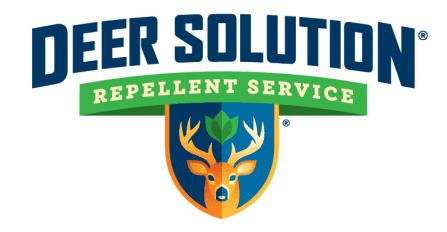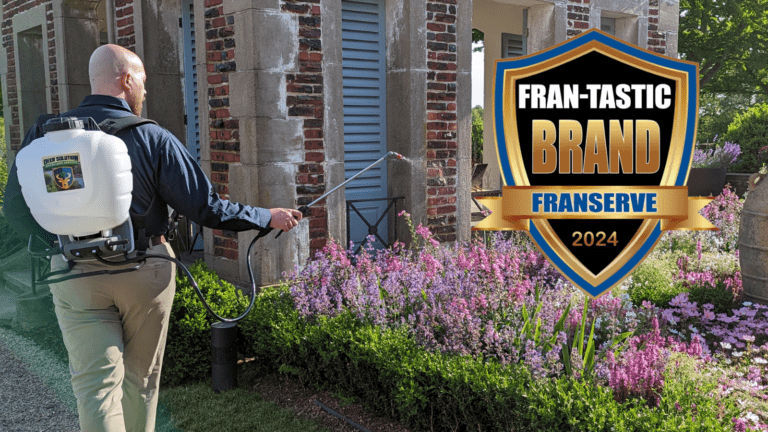In Bladen County, North Carolina, a silent challenge looms, hidden amidst the county’s rich biodiversity and lush greenery.
This challenge, born from the beauty of nature itself, is the growing concern of deer overpopulation—a situation that brings with it a complex array of ecological, economic, and social implications.
The Deer Challenge
Bladen County, with its vast forests and agricultural lands, has become a focal point for discussions on wildlife management, particularly concerning the burgeoning deer population. As these graceful creatures increase in numbers, their impact on the local environment becomes increasingly pronounced, especially in terms of deer damage to trees and other vegetation.
The phenomenon is not unique to Bladen County but is indicative of broader environmental challenges that require careful, informed intervention. The primary concern lies in the balance—or lack thereof—between deer populations and their natural habitats.
Overpopulation leads to excessive grazing and browsing, which in turn affects the regeneration of forests and the overall health of ecosystems.
Ecological Impacts and Human Concerns
The ramifications of deer overpopulation extend beyond the confines of the forest. Agricultural lands bear the brunt of this imbalance, with significant crop damage attributed to deer.
This not only affects the county’s agricultural output but also poses challenges for local farmers striving to protect their livelihoods against the backdrop of an encroaching deer population.
Moreover, the increase in deer populations has correlated with a rise in deer-vehicle collisions, a concern that touches directly on human safety and economic costs. The intertwining of human and deer habitats necessitates a nuanced approach to wildlife management, one that considers the safety and well-being of both the community and the deer populations.
Deer Overpopulation Issue
Addressing the deer overpopulation issue in Bladen County requires a multifaceted approach, blending scientific research, community engagement, and sustainable wildlife management practices. Efforts to understand the ecological dynamics at play are crucial, as they inform the strategies implemented to mitigate the adverse effects of overpopulation.
Community involvement is another pivotal element in this equation. Public awareness and participation in wildlife management initiatives can significantly enhance the effectiveness of strategies aimed at maintaining ecological balance.
Education on the implications of deer overpopulation and collaborative efforts to protect local flora and fauna are essential components of a comprehensive response to this challenge.
The situation in Bladen County is a microcosm of a global challenge, reflecting the delicate dance between human activity and wildlife conservation. It underscores the need for informed, compassionate approaches to managing our natural resources and coexisting with the myriad species that share our environments.
As Bladen County navigates this complex issue, the lessons learned and the strategies developed can serve as valuable insights for other communities grappling with similar challenges. The path to ecological harmony is paved with challenges, but through collective effort, informed decision-making, and a commitment to sustainability, balance can be achieved.












